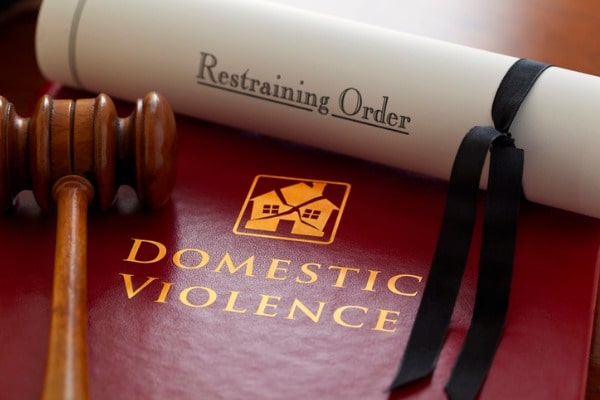
In State v. Jefferson, the WA Supreme Court modified the the third step of a Batson challenge to a peremptory strike of a juror in Washington. At the final step, the trial court must ask whether an objective observer could view race or ethnicity as a factor in the use of peremptory strike. If so, then the strike must be denied and the challenge to that strike must be accepted.
BACKGROUND FACTS
On February 14, 2013, Jefferson was involved in a fight over a pair of designer sunglasses. The fight ended with the shooting of Rosendo Robinson. Jefferson was subsequently charged with attempted murder in the first degree, assault in the first degree, and unlawful possession of a firearm in the first degree. His defense was that someone else pulled the trigger.
Jury selection began on May 4, 2015. On the second day of jury selection, the State exercised a peremptory strike against Juror 10, the last African-American in the jury pool. Jefferson challenged this strike with a Batson motion. After going through the three-step Batson analysis, the trial court denied the Batson motion and ruled that the State had provided a nondiscriminatory explanation for its peremptory challenge of Juror 10. The trial proceeded and lasted approximately 10 days.
The jury convicted Jefferson of attempted murder in the first degree, assault in the first degree, and unlawful possession of a firearm in the first degree. Jefferson was sentenced to 337.5 months of incarceration.
Jefferson appealed, and the Court of Appeals affirmed the convictions. He appealed again. This time, the WA Supreme Court granted Jefferson’s appeal and addressed Jefferson then petitioned for review on three issues: (1) whether the trial court erred in denying the Batson motion to deny the State’s peremptory strike of Juror 10 under the current Batson test, (2) whether this court should revisit the Batson test, and (3) whether the trial court erred in denying Jefferson’s motion for mistrial.
COURT’S ANALYSIS & CONCLUSIONS
The WA Supreme Court described the Batson test. First, the trial court must recognize a prima facie case of discriminatory purpose when a party strikes the last member of a racially cognizable group. Second, the burden shifts to the State to come forward with a race-neutral explanation for the challenge. If the State meets its burden at step two, then third, the trial court then has the duty to determine if the defendant has established purposeful discrimination.
“We hold that the trial court correctly ruled that there was no purposeful discrimination in the peremptory strike of Juror 10 under Batson,” said the Court. “However, our Batson protections are not robust enough to effectively combat racial discrimination during jury selection.” In fact, said the Court, the Batson framework makes it very difficult for defendants to prove discrimination even where it almost certainly exists.
“We need to do better to achieve the objectives of protecting litigants’ rights to equal protection of the laws and jurors’ rights to participate in jury service free from racial discrimination.”
Consequently, the Court modified its three-step Batson test by replacing Batson’ s current inquiry at step three with a new inquiry.
“If a Batson challenge to a peremptory strike of a juror proceeds to that third step of Batson’s three-part inquiry, then the trial court must ask whether an objective observer could view race or ethnicity as a factor in the use of the peremptory strike. If so, then the strike must be denied and the challenge to that strike must be accepted.”
Applying this new standard, the Court found that race could have been a factor in Juror 10’s dismissal. Here, the prosecutor essentially called out Juror 10 with a sarcastic comment for no apparent reason. Taken together with other evidence on the record, the prosecutor lacked racially neutral reasons for striking Juror 10. The strike reflected differential treatment of the sole African-American juror, and hence, the strike supported an inference of implicit bias. The WS Supreme Court quoted the late U.S. Supre Court’s Justice Thurgood Marshall, who expressed his concern about such nebulous justifications in the Batson opinion:
“A prosecutor’s own conscious or unconscious racism may lead him easily to the conclusion that a prospective black juror is “sullen,” or “distant,” a characterization that would not have come to his mind if a white juror had acted identically. A judge’s own conscious or unconscious racism may lead him to accept such an explanation as well supported.”
Furthermore, the WA Supreme Court reasoned that in its Saintcalle opinion, it recognized the pervasive force of unconscious bias, stating, “People are rarely aware of the actual reasons for their discrimination and will genuinely believe the race-neutral reason they create to mask it.”
The Court therefore reversed Jefferson’s convictions and remanded the case back to the trial court for further proceedings.
My opinion? Excellent decision. Although the facts are against the defendant and are sympathetic toward the victim, race should never play a factor in the administration of justice. The WA Supreme Court’s new Batson framework rightfully addresses the problem of implicit race bias. This case is an excellent step in the right direction.
Please contact my office if you, a friend or family member are charged with a crime and there’s some belief that implicit racial bias affects the investigations, prosecution and/or judicial proceedings of the case. It’s very important to hire defense counsel that is sensitive to and familiar with the nuances of racial biases that are implicit throughout the criminal justice system.

















